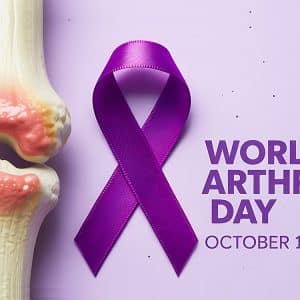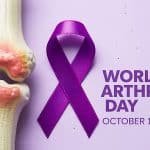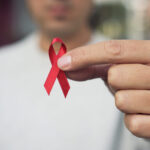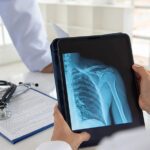Gallstones are produced by the gallbladder, a small sac located just below the liver. The gallbladder stores bile, a digestive fluid produced by the liver.
Bile helps the body digest fats, and it flows from the gallbladder into the small intestine through a small tube called the cystic duct and bile duct.
Gallstones form in the gallbladder from cholesterol and other substances, particularly if the gallbladder doesn’t empty properly. They can range in size from as small as grains of sand to as large as golf balls. People who are overweight or those who rapidly lose weight are more prone to developing gallstones. While most gallstones do not cause any issues, treatment is required if one blocks the bile ducts.
Symptoms
Most people with gallstones (cholelithiasis) do not experience any symptoms. However, if symptoms do occur, they may include moderate pain in the upper abdomen or the upper right part of the abdomen.
If a gallstone blocks the bile or gallbladder ducts, the patient may experience pain with fever, jaundice (yellowing of the skin), or a change in the color of the eyes to white. In such cases, seeking medical advice promptly is essential.
Treatment
The first gallstone attack usually causes moderate pain. The doctor may recommend pain relievers and wait to see if the pain subsides with this treatment, as another attack may not occur. This watchful approach generally doesn’t lead to complications.
If the patient experiences a very severe attack or a second one, the doctor may suggest surgical removal of the gallbladder. A second attack typically indicates the likelihood of future attacks.
Dr. Emad Abd Al-Saheb, General Surgeon










